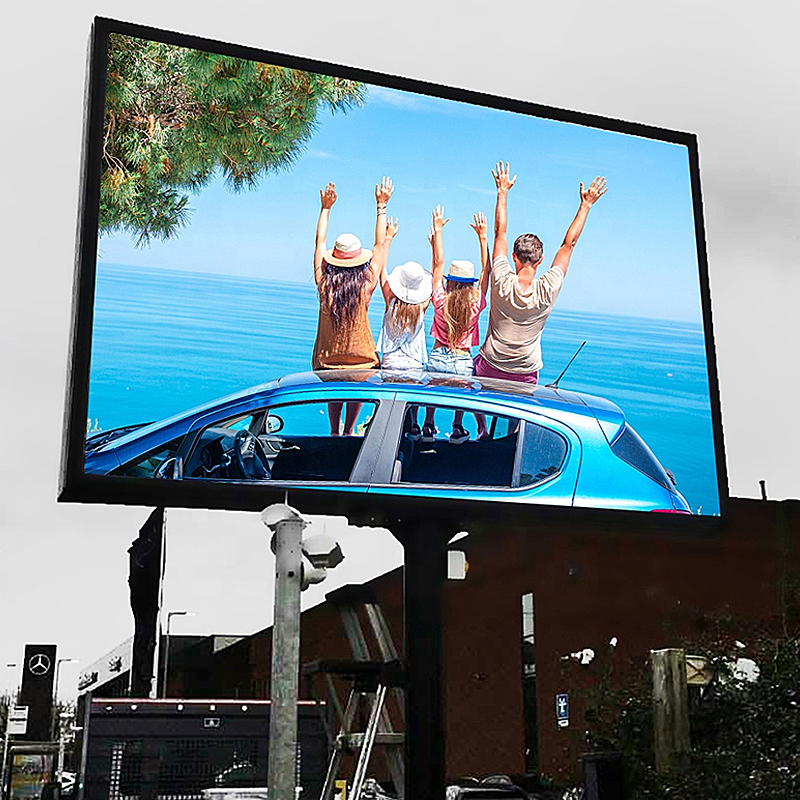No products in the cart.
Industry news
Analysis and common methods of point by point correction technology for LED display screens.
With fierce market competition, improving the display quality of LED display screens is increasingly valued by full-color LED display screen manufacturers. Point by point correction has been accepted as a routine process by multiple high-end manufacturers and is often included in the bidding documents of display screen bidding units. However, there are still various misconceptions and vague concepts in the industry regarding the conditions, implementation, application fields, and subsequent maintenance of point by point correction. Below, we will provide a simple analysis of point by point correction for LED displays:
Firstly, it is generally believed that point by point correction requires the use of specialized driver chips. In fact, as long as the control system supports it, universal driver chips can also be used to achieve point by point correction. The true necessary conditions for point by point correction are the following three points:
1. A high-precision and high-efficiency light point brightness acquisition device
2. A control system that can achieve point by point correction
3. The data connection between the above two.
Point by point correction can be divided into two steps:
1. Accurately measure the brightness of each lamp/chip to obtain point by point correction coefficients.
2. Feedback the correction coefficient data to the control system to achieve precise driving control point by point.
Point by point drive control has already been implemented, and common control systems on the market already have this function. But for the collection of millions of light point data, some control system manufacturers have developed various tools, which are incompatible with other systems. As a result, there is a misunderstanding that point by point correction and control systems are bundled and integrated.
At present, there are several common collection methods, including desktop point by point collection, digital camera collection, imported equipment collection, and high-speed brightness measurement instrument SV-1 system collection. The SV-1 system has achieved data integration with most general control systems in the market, and display screen manufacturers can freely choose driver chips and control systems to complete convenient and efficient point by point calibration on their own.
Secondly, it is believed that point by point chromaticity correction requires point by point testing. In fact, color gamut space conversion requires point by point brightness correction coefficients, but it is not necessary to measure color point by point. Only chromaticity uniformity correction is necessary to measure color point by point. Because the brightness ratio of RGB in each pixel is different, gamut space conversion requires providing 3 for each pixel × The brightness correction coefficient of 3, but the calculation of the brightness correction coefficient only needs to provide the x and y coordinate values of the regional color space, the x and y coordinate values of the target color space, and the brightness value of each light point RGB, and does not require color measurement point by point.
